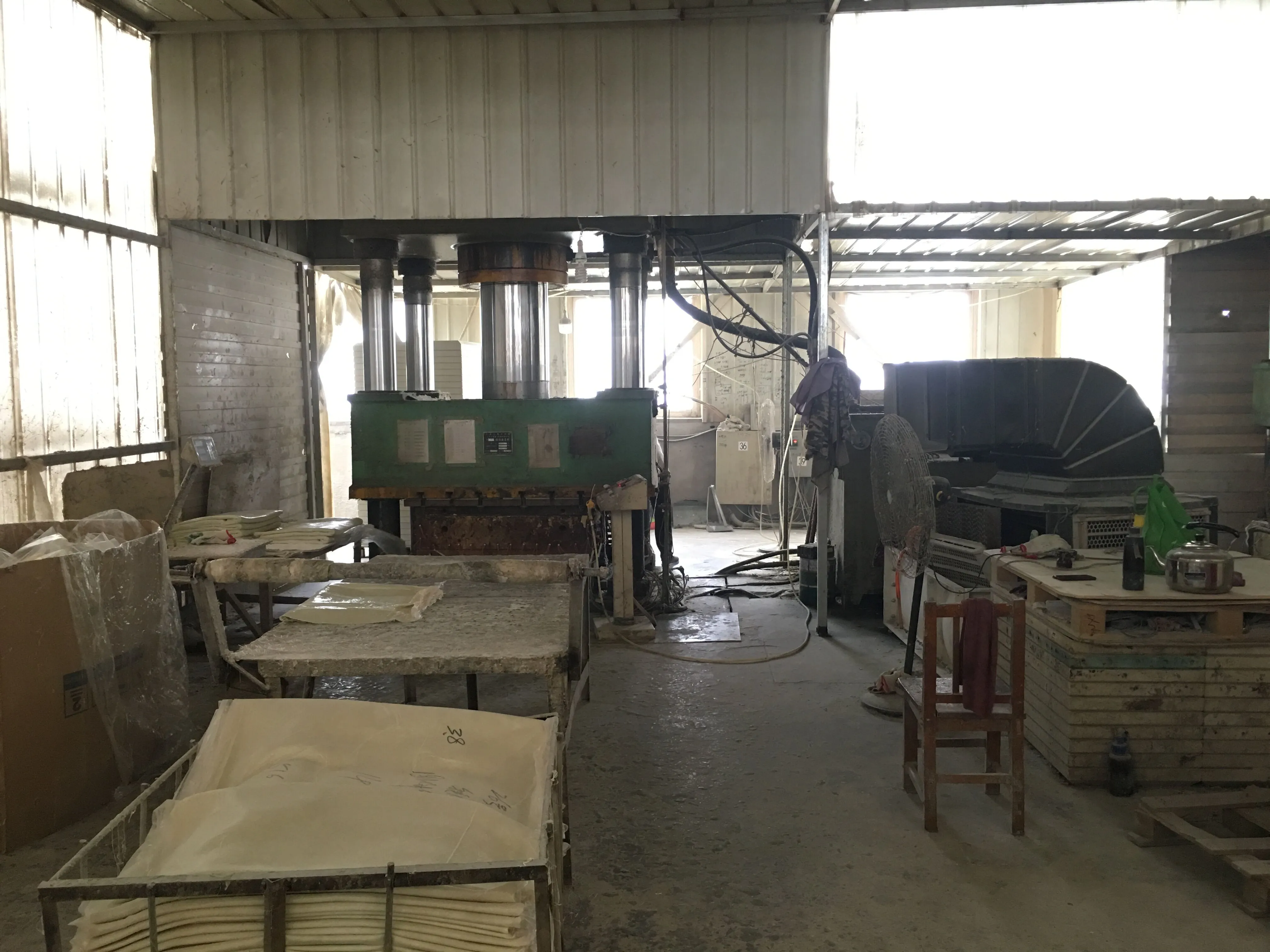loading...
- No. 9, Xingyuan South Street, Dongwaihuan Road, Zaoqiang County, Hengshui, Hebei, China
- admin@zjcomposites.com
- +86 15097380338
- Welcome to visit our website!
Advancements in Fiber Reinforced Polymer Bars for Enhanced Structural Applications
Fiber Reinforced Polymer Bars Advancements and Applications
Fiber Reinforced Polymer (FRP) bars are a revolutionary innovation in the field of construction and engineering. Combining the strength of reinforced fibers with the lightweight, corrosion-resistant properties of polymers, these bars offer a range of benefits that are transforming infrastructure development and rehabilitation. This article delves into the composition, advantages, and applications of FRP bars in contemporary engineering practices.
Composition and Manufacturing
FRP bars are typically made from a polymer matrix reinforced with fibrous materials such as glass, carbon, or aramid fibers. The manufacturing process involves combining these fibers with a resin system, which is then cured to create a rigid, durable product. The choice of fiber can significantly influence the properties of the FRP bars. For example, glass fibers are commonly used for their cost-effectiveness, while carbon fibers provide even greater tensile strength but at a higher cost. This versatility allows engineers to select the appropriate type of FRP bar based on specific structural requirements and environmental conditions.
Advantages of Fiber Reinforced Polymer Bars
One of the most compelling advantages of FRP bars is their resistance to corrosion. Unlike traditional steel reinforcement, FRP bars do not rust when exposed to moisture or harsh chemicals, which is particularly beneficial in environments prone to chemical exposure or high humidity. This resistance significantly extends the lifespan of structures, reduces maintenance costs, and enhances safety.
In addition to their corrosion resistance, FRP bars are much lighter than steel, making them easier to transport and handle during construction. This property not only reduces labor costs but also allows for innovative design solutions where weight reduction is critical, such as in seismic-prone areas or when retrofitting existing structures.
Furthermore, FRP bars exhibit high tensile strength, making them ideal for applications requiring significant load-bearing capabilities. They are also highly adaptable to various shapes and configurations, allowing engineers to design more efficient, optimized structural elements.
fiber reinforced polymer bars

Applications in Infrastructure
The application of FRP bars is growing steadily across various sectors of infrastructure. One prominent area is in bridge construction and rehabilitation, where their lightweight and corrosion-resistant properties lead to longer-lasting structures. FRP bars can be used in reinforced concrete beams, decks, and other critical components that benefit from reduced weight and enhanced durability.
Additionally, FRP bars are increasingly employed in retaining walls, foundations, and slabs, particularly in environments where traditional steel reinforcement would be susceptible to corrosion. Many municipalities and agencies are now incorporating FRP materials in repairs and upgrades to existing structures, recognizing the long-term cost savings and improved performance.
Another significant application of FRP bars is in the field of precast concrete products, such as pipes and panels. The integration of FRP reinforcement allows for lighter and more effective designs that can be produced off-site, speeding up construction timelines and reducing on-site labor.
Environmental Considerations
In recent years, the environmental impact of construction materials has come to the forefront. FRP bars contribute to sustainable building practices due to their longevity and reduced maintenance needs, which translates to lower resource consumption over time. Additionally, advancements in recycling technologies for composite materials are paving the way for more sustainable usage and disposal methods.
Conclusion
Fiber Reinforced Polymer bars represent a significant advancement in construction technology, offering unparalleled benefits in terms of performance, durability, and sustainability. As the construction industry continues to evolve, the adoption of FRP materials is expected to expand, paving the way for innovative solutions to meet the challenges of modern infrastructure demands. By embracing these advanced materials, engineers and builders can create safer, more efficient, and environmentally friendly structures.
-
Transform Your Spaces with FRP Grating SolutionsNewsNov.04,2024
-
The Versatility and Strength of FRP RodsNewsNov.04,2024
-
The Excellence of Fiberglass Water TanksNewsNov.04,2024
-
The Benefits of FRP Grating for Your ProjectsNewsNov.04,2024
-
Elevate Your Efficiency with FRP Pressure VesselsNewsNov.04,2024
-
Welcome to the World of FRP Pressure VesselsNewsOct.12,2024
-
Unveiling the Future of Filtration: Why FRP Filter Vessels are a Game ChangerNewsOct.12,2024
